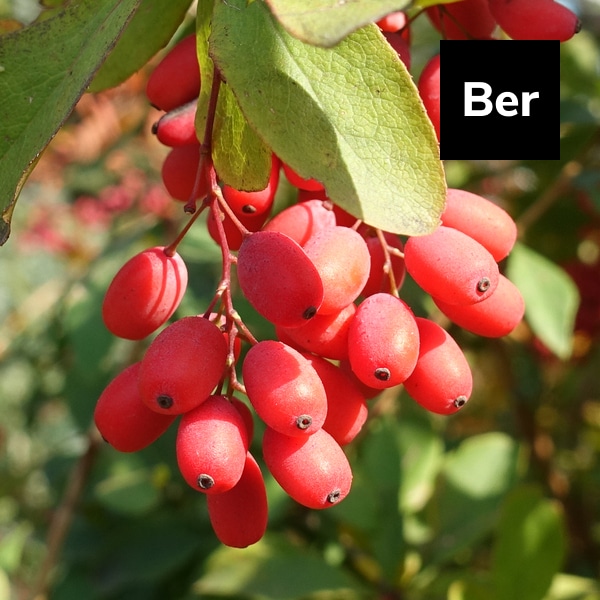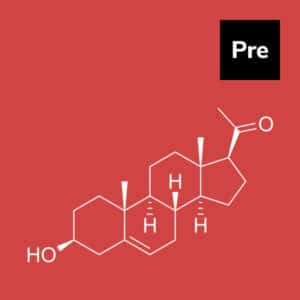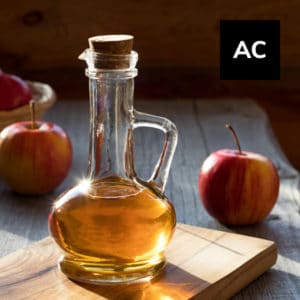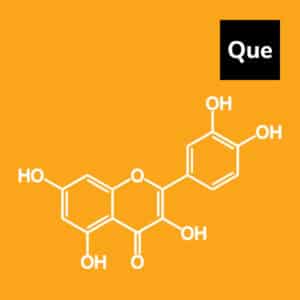Overview
Berberine is a plant alkaloid derived from the roots and bark of a variety of plants, including golden seal, barberry, coptis chinensis, and Yerba mansa. Plants containing berberine have traditionally been used in Ayurvedic and Chinese medicine. They exhibit antibacterial activity against a wide range of species, including bacteria, viruses, fungus, protozoans, helminths, and chlamydia. Today they are being proven beneficial for blood lipid and glucose regulation.
Key Benefits
- Supports healthy blood lipid levels
- Supports healthy blood pressure
- May be helpful in the treatment against arrhythmias and heart failure
- Supports quality of life in patients with congestive heart failure
- Helps support healthy blood sugar levels
- Supports blood circulation to the lungs
Berberine improved the quality of life of individuals with congestive heart failure and lowered ventricular premature complexes and mortality (Zeng et al. 2003).
History of Usage
Berberine has been used as a dye for centuries; it is now referred to as “natural yellow 18” and is one of around 35 yellow dyes derived from natural sources.
Berberine has historically been used to treat bacterial diarrhea, intestinal parasite infections, and ocular trachoma infections. Berberine-containing plants have been used to treat skin conditions, fevers, digestive and respiratory ailments, different infections, and inflammatory problems across the world. Berberine, which was recently shown to be helpful against Helicobacter pylori, is a popular natural supplement for cardiovascular disease and diabetes.
Biochemistry
This herb lowers cholesterol by raising the quantity of a receptor protein generated in the liver that binds to LDL cholesterol and prepares it for removal. Berberine and its derivatives affect the circulatory system by inhibiting K+channels (delayed rectifier and K(ATP)) and boosting the Na+-Ca(2+) exchanger.
Berberine has been shown to increase the duration of the ventricular action potential. This compound’s vasodilator activity has been linked to a variety of biological pathways. Berberine’s cardiovascular properties suggest that it could be useful in the treatment of arrhythmias and/or heart failure.
Berberine is a bright yellow isoquinoline alkaloid that is easily visible in the majority of plant materials containing large amounts of this molecule. The two most important sources of Chinese herbs are phellodendron and coptis (similar isoquinoline alkaloids, in these herbs, such as jateorrhizine, coptisine, palmatine, and columbamine, also have a yellowish color).
Recent Trends
Heart disease is the number one health risk for both men and women in the United States. According to statistics from the Centers for Disease Control and Prevention, about one out of every four deaths in the U.S is caused by heart disease. With the increased interest in health because of the pandemic, consumers are more aware than ever of the importance of maintaining heart health.
Additionally, millions of Americans suffer from blood glucose issues. According to statistics from the American Diabetes Association, more than 34.2 million Americans have diabetes and
Precautions
Pregnant and lactating mothers should avoid the use of berberine. Individuals undergoing dialysis should avoid berberine.
Berberine ingestion can result in constipation, diarrhea, flatulence, nausea, and headaches in some individuals. These symptoms typically resolve within four weeks. Blood pressure can drop too low in some individuals.
Berberine may cause sleepiness and drowsiness and should not be taken with sedative medications. People who are undergoing chemotherapy or radiation should not take berberine. Individuals on insulin and blood sugar regulation medications, as well as blood pressure and AFIB medications, should consult with their physician before taking berberine.
References
- Xiaojun Feng, et al. Berberine in Cardiovascular and Metabolic Disease: From Mechanisms to Therapeutics. Theranostics. 2019; 9(7): 1923–1951.
- Lau, CW, et al. Cardiovascular actions of berberine. Cardiovasc Drg Rev 2001 Fall; 12 (3):234-44.
- Zeng XH, Zeng XJ, Li YY. Efficacy and safety of berberine for congestive heart failure secondary to ischemic or idiopathic dilated cardiomyopathy. Am J Cardiol. 2003 Jul 15;92(2):173-6. doi: 10.1016/s0002-9149(03)00533-2. PMID: 12860219.
- Kong Weijia, et al., Berberine is a novel cholesterol-lowering drug working through a unique mechanism distinct from statins, Nature Medicine 2004; 10(12): 1344-1351.
- Yan HM, Xia MF, Wang Y, Chang XX, Yao XZ, Rao SX, Zeng MS, Tu YF, Feng R, Jia WP, Liu J, Deng W, Jiang JD, Gao X. Efficacy of Berberine in Patients with Non-Alcoholic Fatty Liver Disease. PLoS One. 2015 Aug 7;10(8):e0134172. doi: 10.1371/journal.pone.0134172. PMID: 26252777; PMCID: PMC4529214.
- Yaping Liang, Xiaojia Xu, Mingjuan Yin, Yan Zhang, Lingfeng Huang, Ruoling
Chen, Jindong Ni. Effects of berberine on blood glucose in patients with type 2 diabetes mellitus: a systematic literature review and a meta-analysis. Endocrine Journal. 2019 Volume 66 Issue, pgs 51-63. - Mahady GB, Pendland SL, Stoia A, Chadwick LR. In vitro susceptibility of Helicobacter pylori to isoquinoline alkaloids from Sanguinaria canadensis and Hydrastis canadensis. Phytother Res. 2003 Mar;17(3):217 21.




